Introduction to Virtual Environments
Data is displayed for academic year: 2023./2024.
Course Description
Introduction to Virtual Environments offers an overview of interactive 3D graphics, virtual environments and their applications. After the introduction of the field and an overview of applications, we introduce the concept of the virtual scene with its basic components – geometry, materials, lighting and camera – and present the methods of modeling all these components of the scene. The basic geometry transforms (translation, rotation with several techniques, scaling, projection) serve as basis for the next big section: rendering. Rendering is introduced through the example of ray tracing, followed by the traversal of the classical graphics rendering pipeline and presentation of basic techniques involved in rendering. In the second part of the semester we deal with scene organization, intersection testing/collision detection and interaction, followed by introductions to networked virtual environments, virtual and augmented reality and visualization.
Study Programmes
University undergraduate
[FER3-EN] Computing - study
Elective Courses
(6. semester)
[FER3-EN] Electrical Engineering and Information Technology - study
Elective Courses
(6. semester)
Learning Outcomes
- define the concept of virtual environment
- define the concept of virtual scene and all its elements
- use 3D graphics tools and APIs
- model 3D objects
- participate in projects applying 3D virtual environments
- develop applications of virtual environments
Forms of Teaching
Lectures
Two live lectures per week
LaboratoryAssignments can be performed independently
Grading Method
| Continuous Assessment | Exam | |||||
|---|---|---|---|---|---|---|
| Type | Threshold | Percent of Grade | Threshold | Percent of Grade | ||
| Laboratory Exercises | 0 % | 25 % | 0 % | 25 % | ||
| Class participation | 0 % | 6 % | 0 % | 6 % | ||
| Mid Term Exam: Written | 0 % | 34 % | 0 % | |||
| Final Exam: Written | 0 % | 35 % | ||||
| Exam: Written | 0 % | 69 % | ||||
Week by Week Schedule
- Virtual environments - introduction and applications
- Modeling the scene: geometry, camera
- Modeling the scene: lighting, materials
- Geometric transformations, coordinate system transformations
- Rendering: ray tracing, computer graphics pipeline
- Rendering: illumination models, shading, texture mapping
- Rendering: visibility and occlusion, transparency, antialiasing, double buffering
- Midterm exam
- Scene organization, standard media formats, languages, formats, and application programming interfaces (APIs) for virtual environments
- Intersection testing and collision detection
- Interaction in virtual environments
- Networked virtual environments
- Virtual reality, augmented reality
- Visualization
- Final exam
Literature
(.), Virtualna okruženja: Interaktivna 3D grafika i njene primjene, Igor S. Pandžić, Tomislav Pejša, Krešimir Matković, Hrvoje Benko, Aleksandra Čereković, Maja Matijašević;, Element - Manualia Universitatis Studiorum Zagrabiensis, 2011.,
(.), Real-Time Rendering, 3rd edition, Tomas Akenine-Möller, Eric Haines, Naty Hoffman, A. K. Peters Ltd., 2008. ISBN 978-1-56881-424-7,
For students
General
ID 223376
Summer semester
5 ECTS
L0 English Level
L1 e-Learning
30 Lectures
0 Seminar
0 Exercises
8 Laboratory exercises
0 Project laboratory
0 Physical education excercises
Grading System
90 Excellent
75 Very Good
65 Good
55 Sufficient


 Pristupačnost
Pristupačnost

